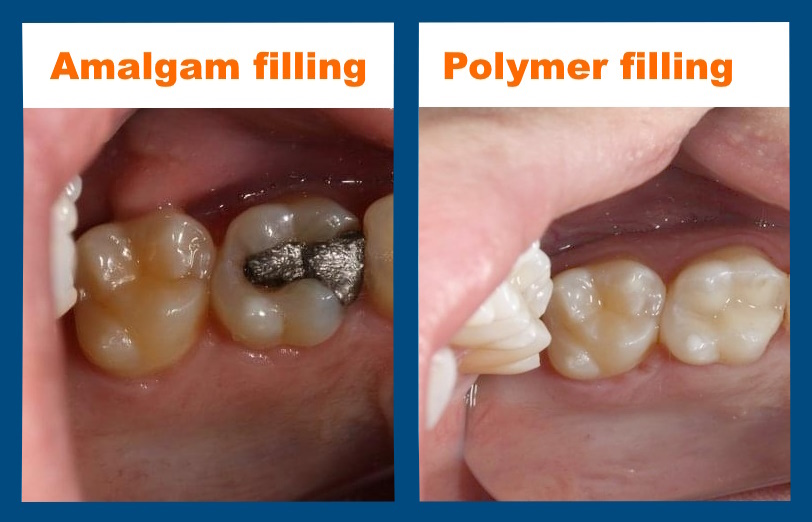The European Union’s recent decision to ban dental amalgam fillings has sparked a wave of discussions within the dental community.
The official recommendation to stop fitting patients with dental amalgam (metal fillings) aims to address environmental concerns. There are harmful consequences from releasing mercury, which is a component of amalgam, into the environment. While the ban primarily focuses on environmental impact, it has significant implications for dental practices and patient care.
Here at Toothopia, we made this transition a few years ago. As part of a holistic approach to providing the best, healthiest options to patients, we use alternative filling materials. Composite resins or glass ionomers make great fillings, with the benefit of being mercury-free.
While these materials have their merits, they also present unique challenges. For successful restorations using new materials, dentists must adapt their techniques. Being comfortable working with the properties and handling characteristics of these alternatives takes time. Staying abreast of advancements in restorative dentistry requires self-education and practice. Our primary and associate dentists dedicate a portion of their time away from the practice taking courses and attending seminars to learn how to most effectively navigate our evolving professional landscape.
One concern for both dentists and patients is the process of removing existing amalgam fillings. Due to the potential release of mercury vapour during filling replacement (mercury is a known neurotoxin), both dental professionals and patients’ health may be at risk. It is the responsibility of your dentist and the dental team to ensure a safe and diligent removal in order to minimise any risks. At Toothopia, you can rest assured that we will look after your health and safety by following the strictest protocols for amalgam removal, following best NHS recommendations. We thought that it may be useful to present the potential risks to patients and prepare them to ask us any questions during their next visit.
Mitigating the Risks of Amalgam Filling Replacement:
- Amalgam fillings, containing a mixture of metals including mercury, can release vapor when disturbed, such as during removal. Mercury exposure is a known health concern, so it is essential to follow strict protocols to protect both patients and dental professionals during the removal process.
- It is essential to use of a rubber dam during the removal process to safeguard patients. This prevents the ingestion or inhalation of any debris generated during the procedure. High-volume evacuation systems and nasal masks can further reduce the exposure to mercury vapor.
- The removal process should be carried out with precision to minimise the generation of dust and particles. Using a specially designed amalgam separator or a filtration system helps contain and isolate the waste, preventing its release into the environment.
- As a professional, I welcome the ban on using dental amalgam for fillings, as I think it encourages dentists to explore and adopt alternative materials. I also believe that it is safer for patients in the long run, as the new polymer fillings won’t release any toxic residues in their organism over time. I encourage patients to ask me about having their amalgam fillings removed and replaced with polymer or ceramic fillings. Feel free to ask me or my colleagues any questions about the process during your next visit or over email.

